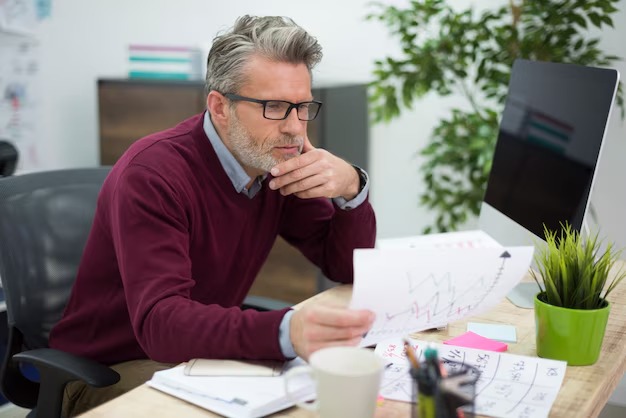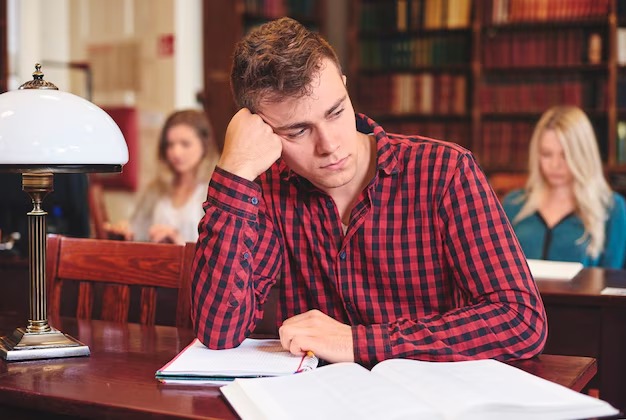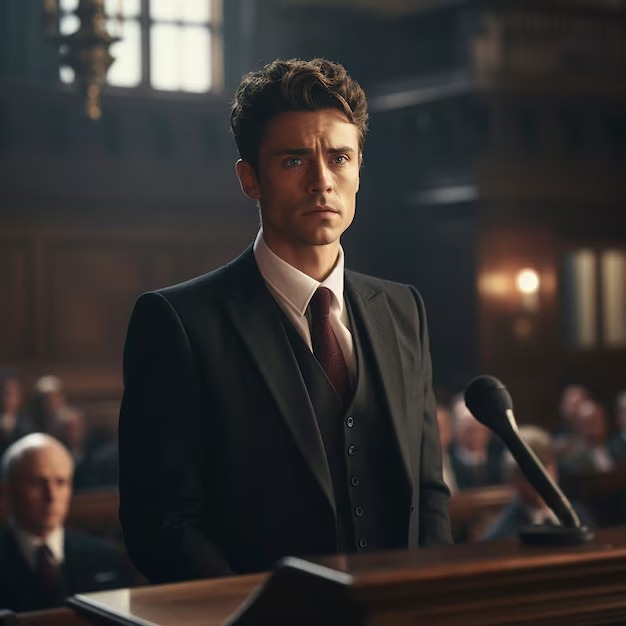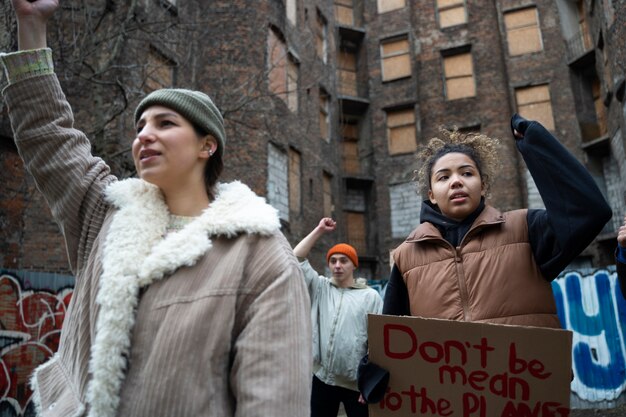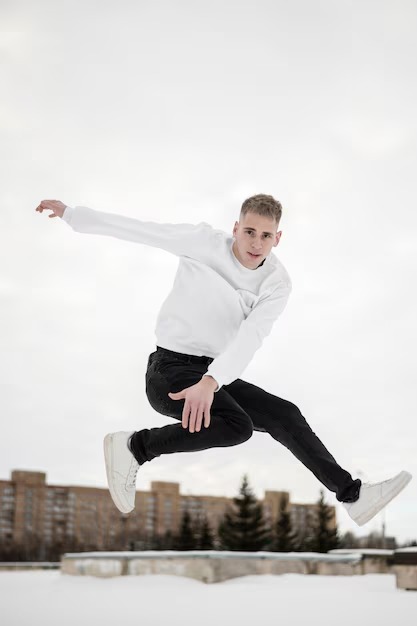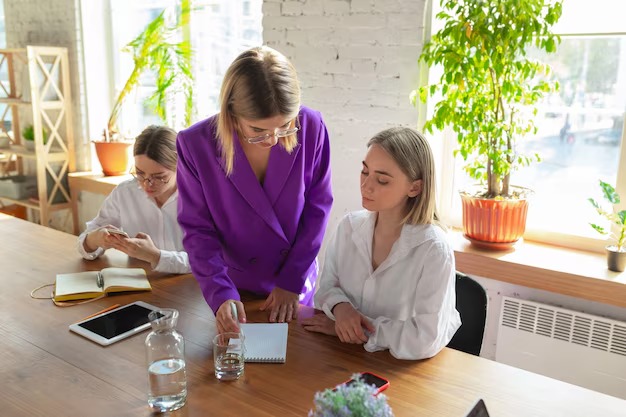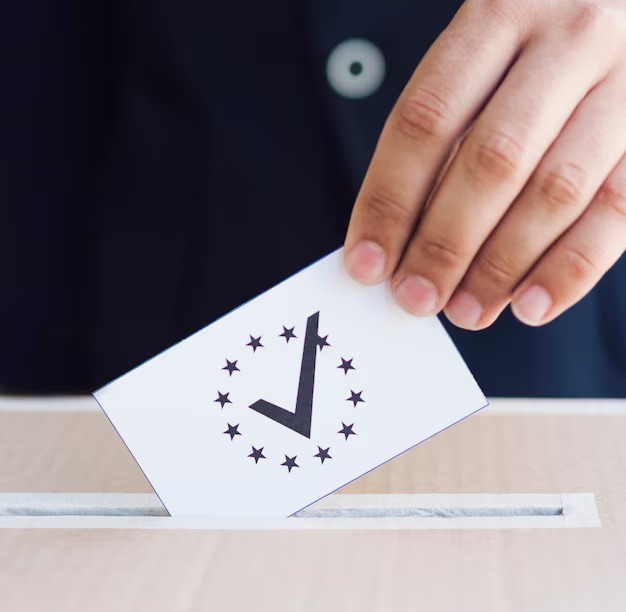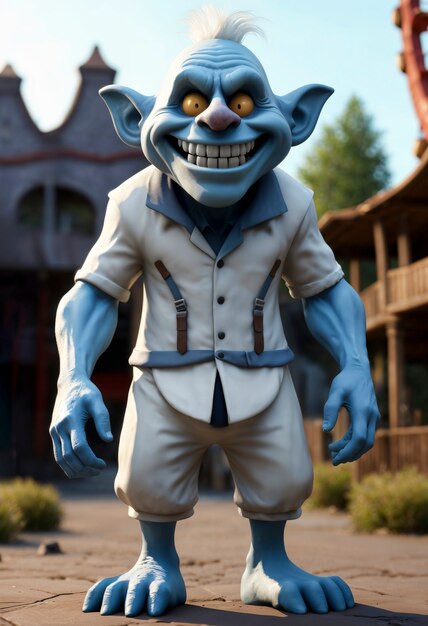
New York Disbar infamous copyright troll Takes Down Notorious
New York Disbar infamous copyright troll Takes Down Notorious
In recent developments, a significant shift has occurred in the landscape of intellectual property enforcement. Authorities have taken decisive measures against a figure long known for exploiting creators, marking a pivotal moment in the ongoing battle against unethical practices in the industry. This move not only highlights the importance of protecting original work but also serves as a rallying cry for those dedicated to upholding integrity within the creative sector.
The repercussions of this enforcement have resonated widely, offering a glimmer of hope to artists and innovators who have felt the strain of predatory tactics. By addressing these harmful behaviors, the legal system aims to foster an environment where genuine creativity can thrive without the looming threat of exploitation. This action represents a commitment to preserving the rights and dignity of those who contribute to the cultural tapestry.
As the dust settles on this crucial initiative, many will be watching closely to see how it influences future interactions in the realm of intellectual property. The implications extend beyond just one individual, potentially reshaping the dialogue surrounding rights protection and fairness in artistic endeavors. This moment stands as a testament to the collective resolve to defend authenticity and uphold moral standards in the ever-evolving creative landscape.
Understanding the Rise of Copyright Trolls
The phenomenon of aggressive enforcement of intellectual property rights has gained significant attention in recent years. This trend often involves individuals or entities exploiting legal frameworks to extract settlements from alleged infringers, frequently targeting vulnerable creators and businesses. The actions of these operators have sparked debate surrounding the ethical implications and the impact on innovation and artistic expression.
Market Dynamics and Legal Framework
The prevalence of these aggressive litigants can be attributed to evolving market conditions and the accessibility of legal mechanisms. As technology allows for easier distribution and reproduction of creative works, the potential for unauthorized use has increased, creating a fertile ground for those seeking profit through litigation. The existing legal structures, while designed to protect intellectual assets, can inadvertently empower these opportunistic actors.
Impact on the Creative Community
For many artists and small businesses, the threat posed by these aggressive litigants can be daunting. The financial burden of defending against claims, often made with little merit, may deter creators from pursuing their passions or lead to self-censorship. This chilling effect can stifle the very innovation that copyright laws aim to promote, raising essential questions about the balance between protection and exploitation in the realm of intellectual property.
Impact of Copyright Trolls on Creators
The presence of aggressive litigators in the realm of intellectual property has significant repercussions for those who produce original works. This behavior creates an environment of uncertainty and fear, leading many to reconsider their artistic pursuits. The threats and legal pressures imposed by these entities can hinder innovation and stifle creativity, causing a ripple effect that extends beyond individual artists.
Erosion of Trust
As creators navigate an increasingly complex legal landscape, the erosion of trust becomes evident. The constant fear of facing legal action discourages collaboration and sharing among peers. Creators often find themselves hesitant to showcase their work or incorporate elements from other sources, leading to a less vibrant and diverse artistic community.
Financial Strain
The financial implications of dealing with relentless pressure from aggressive litigants are profound. Artists may allocate significant resources to defend themselves against unwarranted claims, diverting funds away from their creative projects. This strain not only impacts their ability to sustain their craft but also threatens the survival of smaller enterprises, which lack the financial backing to challenge these practices effectively.
Legal Actions Against Abusive Litigants
In recent years, there has been a growing movement aimed at addressing individuals and entities that exploit legal frameworks for personal gain at the expense of others. This phenomenon has sparked significant debate regarding the protection of rights holders and the judicial system’s integrity. Various stakeholders, including advocacy groups and lawmakers, have rallied to enact reforms that deter harmful practices within the legal sphere.
Persistent efforts are now underway to hold these litigants accountable through various means, including sanctions, fines, and further legal repercussions. This renewed focus seeks to ensure that individuals engaging in malicious lawsuits face substantial consequences, thereby serving as a deterrent to potential future offenders.
Furthermore, collaboration among creative professionals and legal experts has become crucial in this battle. By sharing knowledge and resources, they aim to empower one another against manipulative lawsuits and foster a healthier climate for artistic expression and innovation. Ultimately, the quest for reform emphasizes the need to maintain a fair legal environment where all parties can pursue their interests without fear of exploitation.
New York’s Role in Protecting Artists
The vibrant cultural scene in this bustling metropolis has long served as a beacon for artists of all kinds. Its commitment to safeguarding the rights and works of those in various creative fields is evident through a series of proactive measures and legislation. The aim is to ensure that artistic talents are acknowledged, supported, and compensated fairly.
- Access to legal aid for artists facing infringement issues.
- Supportive organizations that advocate for fair practices within creative industries.
- Programs designed to educate artists about their rights.
These initiatives help empower individuals to protect their expressions and maintain control over their creations. In addition, a collaborative atmosphere fosters innovation, allowing for the exchange of ideas while upholding the integrity of individual artistry.
- Legal Framework: Strong laws that define and enforce the rights of artists.
- Advocacy Groups: Numerous organizations dedicated to the promotion of fair treatment and rights.
- Community Support: Networks that provide resources and platforms for artists to share their work and connect with audiences.
Through these efforts, the city not only nurtures talent but also establishes a reliable foundation for a thriving creative ecosystem. The landscape continues to evolve, ensuring that the voices of artists resonate and that their contributions are neither overlooked nor exploited.
Reforming Copyright Laws for Fairness
Adjusting intellectual property regulations is crucial in fostering a balanced environment for all stakeholders involved in creative industries. The pace of technological evolution and the increasing accessibility of digital content demand a reassessment of existing frameworks. This ensures equitable treatment for content developers while preventing exploitative practices that undermine artistic integrity and innovation.
The current system often favors certain entities disproportionately, leading to challenges for emerging talent and independent artists. To promote fairness, several key changes could be considered:
- Enhancing transparency in licensing agreements to clarify rights and obligations.
- Establishing defined limits on claims to protect individuals from excessive infringement accusations.
- Creating equitable compensation models for creators to ensure fair remuneration for their work.
- Encouraging collaborative initiatives between creators, platforms, and regulators to streamline processes.
- Promoting education and awareness around intellectual property rights among creators and users.
Implementing these measures can lead to a more just and supportive atmosphere for artistic expression, benefiting both artists and audiences alike.
Future of Intellectual Property Protection
The landscape of safeguarding innovative ideas and artistic expressions is evolving rapidly. As technology advances, so too must the frameworks designed to defend original works. Creators face an increasingly complex arena where both opportunities and challenges abound. This section delves into emerging trends and mechanisms that could reshape the field of intellectual asset safeguarding.
Technological Innovations
In an age dominated by digital transformation, advancements such as blockchain and artificial intelligence hold significant promise for enhancing protection strategies. By providing transparent and tamper-proof records, blockchain technology can offer creators unprecedented control over their artifacts. Furthermore, AI tools can assist in tracking unauthorized usage, ensuring that rightful owners are alerted swiftly and effectively.
Global Cooperation and Legal Frameworks
A collaborative approach among countries is essential for fortifying protections against infringement. Harmonizing legal standards can help address the challenges posed by globalization and the ease of online distribution. Strengthening international treaties while encouraging bilateral agreements will foster a unified front against exploitation, ultimately benefiting those who invest time and resources into cultural and intellectual advancements.
Q&A: New york disbars infamous copyright troll
What is copyright infringement and how can it affect creators?
Copyright infringement occurs when someone uses a copyrighted work without permission from the copyright holder. This can lead to legal disputes, financial losses, and damage to the creator’s reputation.
Who is Richard Liebowitz and what is his role in copyright law?
Richard Liebowitz is an attorney known for representing clients in copyright infringement cases. He has gained attention for his aggressive litigation strategies and has been involved in numerous high-profile copyright disputes.
What are the potential consequences of copyright infringement for individuals and businesses?
Consequences of copyright infringement can include monetary damages, injunctions to stop the infringing activity, and in some cases, criminal charges. This can severely impact the financial stability of both individuals and businesses.
How does Richard Liebowitz approach cases of copyright infringement?
Richard Liebowitz often takes a proactive approach by filing lawsuits on behalf of clients whose rights have been violated. His firm focuses on protecting the intellectual property of photographers and other creators.
What is disbarment and how can it relate to attorneys involved in copyright cases?
Disbarment is the process by which a lawyer is removed from the bar association, preventing them from practicing law. Attorneys involved in unethical practices or repeated misconduct in copyright cases may face disbarment as a consequence.
Have there been any notable cases involving Richard Liebowitz that resulted in disbarment?
Yes, Richard Liebowitz has faced scrutiny and disciplinary actions related to his legal practices. Some of his cases have raised concerns about ethics, leading to discussions about potential disbarment.
How can copyright infringement claims impact the careers of artists and content creators?
Copyright infringement claims can have serious implications for artists and content creators, including loss of income, damage to their brand, and legal fees that may outweigh any potential gains from their work.
What steps can individuals take to protect themselves from copyright infringement claims?
Individuals can protect themselves by understanding copyright laws, obtaining licenses for any third-party content they use, and keeping thorough records of their original works to prove ownership if disputes arise.
In what ways does Richard Liebowitz’s legal strategy differ from other attorneys in copyright infringement cases?
Richard Liebowitz’s strategy often involves aggressive litigation tactics and a focus on quick settlements, which contrasts with other attorneys who may prioritize negotiation or mediation over filing lawsuits.
What resources are available for those facing copyright infringement allegations?
Resources for those facing copyright infringement allegations include legal aid organizations, online guides about copyright law, and consultations with attorneys specializing in intellectual property rights.
What is the significance of Richard Liebowitz’s approach to copyright cases in the state of New York?
Richard Liebowitz ran a niche practice area that focused on copyright cases, often sending threatening letters to companies claiming copyright protection. His methods have sparked controversy and discussions about the growing body of law in this district devoted to copyright trolling practice.
How has the legal community responded to Liebowitz’s tactics in asserting copyright cases?
The legal community has raised concerns about Liebowitz’s tactics, particularly regarding his repeated failure to comply with court orders. This has led to discussions about whether and when to impose sanctions on him for operating in bad faith.
What are the implications of copyright trolling outfits on the rights of content creators?
Copyright trolling outfits are largely unprepared for someone to push back against their claims. This can lead to significant false positive rates in copyright violations incurred by innocent defendants who may not have the resources to respond to the complaint effectively.
How did Richard Liebowitz’s past affect his standing as an attorney?
Liebowitz was disbarred due to years of unethical practices, including sending false and misleading letters to companies. His high-profile missteps have made it clear that the state of New York has little tolerance for such behavior.
What challenges do defendants face when responding to copyright infringement claims from firms like Liebowitz’s?
Defendants, such as NBCUniversal Media, often find themselves in a difficult position, especially if they had yet to respond to the complaint. The cost of litigation can be daunting, and many may feel they can’t imagine they’re facing a “copyright troll” without adequate support.
What role does privacy policy play in copyright cases handled by firms like Liebowitz’s?
A privacy policy can serve as a safeguard for individuals and companies against unwarranted copyright claims. However, trolling outfits are largely unprepared to respect these policies, which can violate that trust and lead to further complications in legal proceedings.
How does the concept of copyleft trolls relate to traditional copyright practices?
Copyleft trolls operate under a different framework than traditional copyright practices, often using their claims to impose restrictions that can be seen as abusive. This kind of abuse highlights the need for clearer guidelines in the terms of copyright and how they are enforced.
What are the potential consequences for photographers who fall victim to copyright trolling?
Plaintiff photographers may find themselves in a precarious situation if their works are misused. The loss of license or even criminal charges could arise from their involvement in cases where they were merely asserting their rights without understanding the implications of copyright trolling outfits.
In what ways can individuals push back against unjust copyright claims?
Individuals can push back by gathering evidence or documentation to support their case. Knowing a lot about their rights and the law in this district devoted to copyright issues can empower them to respond effectively and challenge false claims.
What should be considered when evaluating the effectiveness of copyright enforcement practices?
It’s essential to consider the broader impact of these practices on creativity and innovation. While enforcing copyright is necessary, it should not come at the cost of stifling artistic expression or creating a climate where creators feel longer financially viable due to fear of litigation.

